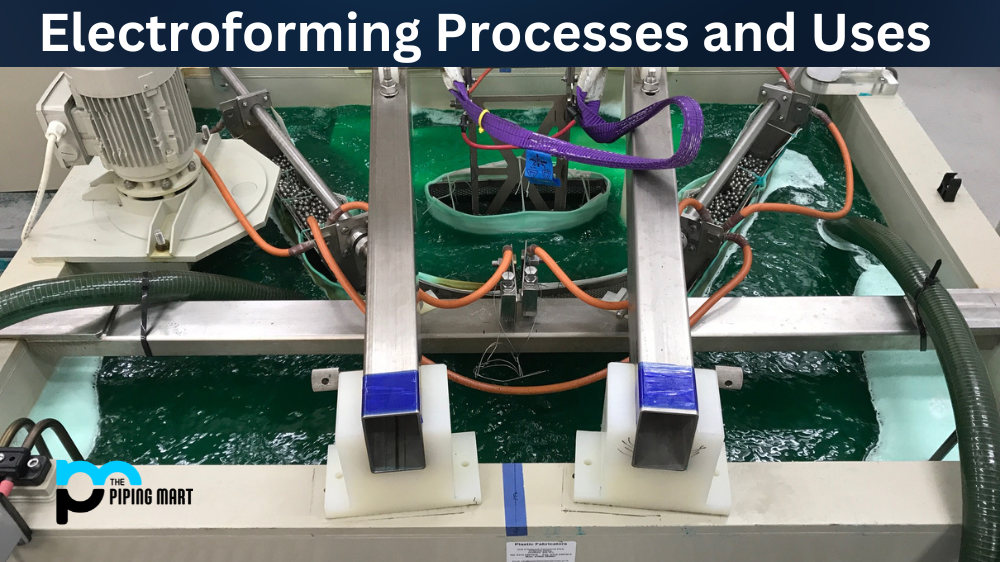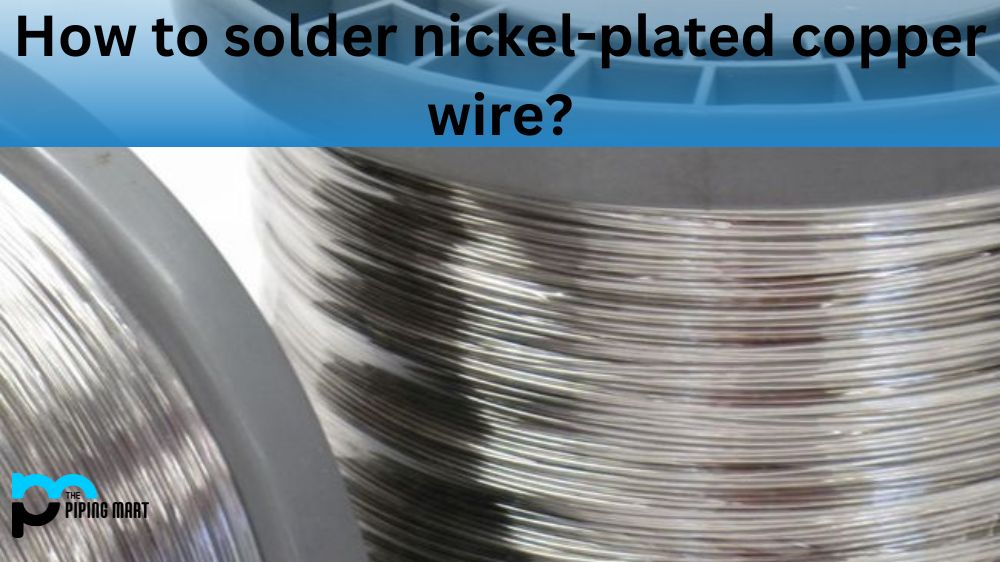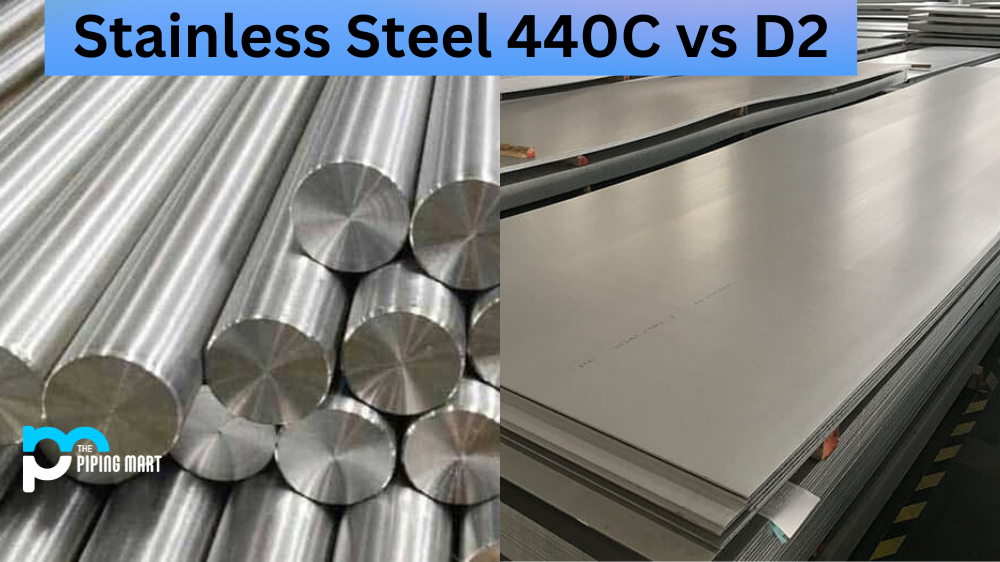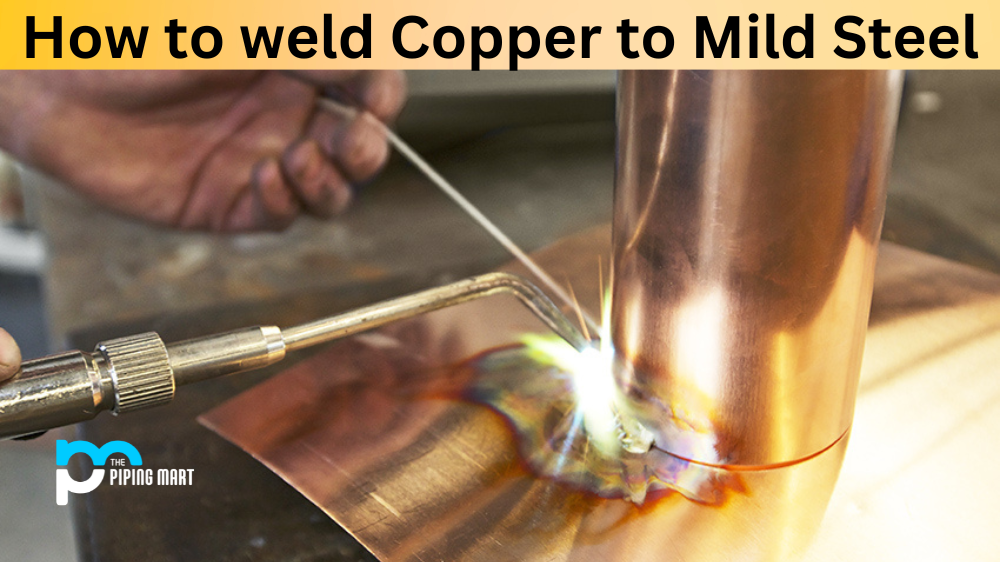Electroforming is a metal-forming technique that is growing in popularity. The process involves the use of electricity to shape metal around an object and build upon it, creating a unique metal form. It’s become increasingly popular for jewellery makers but has many other uses as well. Let’s take a look at what electroforming is, how it works, and the many uses for this interesting process.
Basics of Electroforming
Electroforming is a type of metal fabrication process in which metal or metal alloy deposits are built up over a period of time onto a form, often by using electricity. This form can be anything from organic material, such as wood or stone, to plastic or wax moulds. The most common metals used in electroforming are copper and bronze, although other metals like nickel, galvanized steel and aluminium can also be used.
To begin the process, the object to be electroformed must first be coated with a conductive material such as tin or gold. Once the object has been coated with this conductive material, an electric current is applied between two electrodes that are submerged in an electrolytic solution containing dissolved metals (this solution is also referred to as “electrolyte”). As long as the current flows through the electrolyte solution between these two electrodes, metal ions from the electrolyte will begin to deposit onto the surface of the object being electroformed. This process continues until enough metal has been deposited onto the object that it takes on its desired shape – this can take anywhere from minutes to months, depending on what type of object is being electroformed and how thick you wish your final product to be! Afterwards, any excess metal can be polished off if necessary before being painted or finished with other materials.
Uses & Benefits of Electroforming
Electroforming has many uses beyond just jewellery making – it’s also commonly utilized for industrial applications such as moulding parts for aircraft engines and automotive equipment. Additionally, due to its ability to create intricate details with great accuracy and precision at a low cost compared to traditional casting methods, it’s becoming increasingly popular for 3D printing applications too! Other benefits include its ability to produce objects in practically any size or shape without compromising structural integrity; its flexibility when it comes to design changes (objects can easily be modified by simply changing out one electrode for another); and its relative ease when it comes to post-processing after completion (objects can be painted or finished with other materials). All told, electroforming offers an efficient way to create complex shapes quickly while maintaining quality control throughout each step of production – making it ideal for anyone looking for an easy way to produce consistent results at scale!
Conclusion:
Electroforming is a versatile technique that offers numerous advantages over traditional methods like casting when creating intricate objects quickly and accurately at scale. While most commonly used in jewellery making today due to its low cost compared to traditional methods like casting, electroforming also has numerous industrial applications, including 3D printing technologies where accuracy and precision are essential components needed for success! Whether you’re looking for something small or large-scale production runs – there’s no doubt that electroforming could provide a great alternative solution for your next project! With so many benefits available from this unique technique – why not give it a try?
Sakshee is a talented blogger, with a particular focus on the Business and Metal Industry. She is passionate about sharing her insights on various metal products and helping professionals to make a better decisions.




